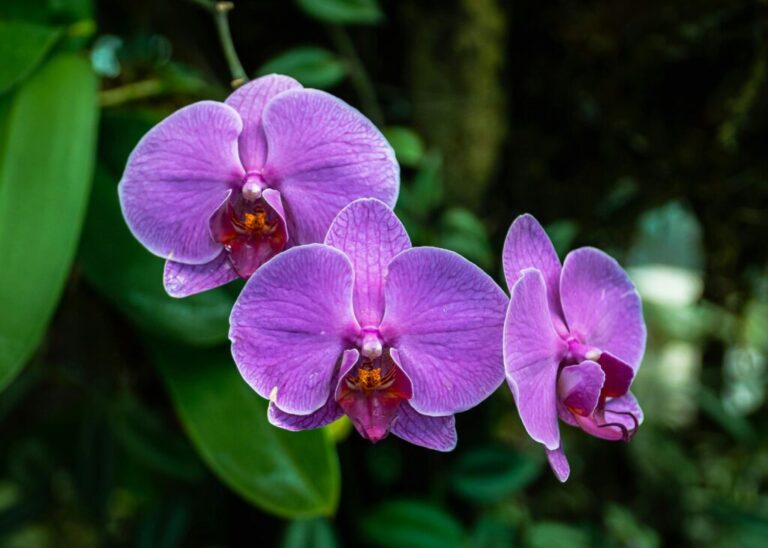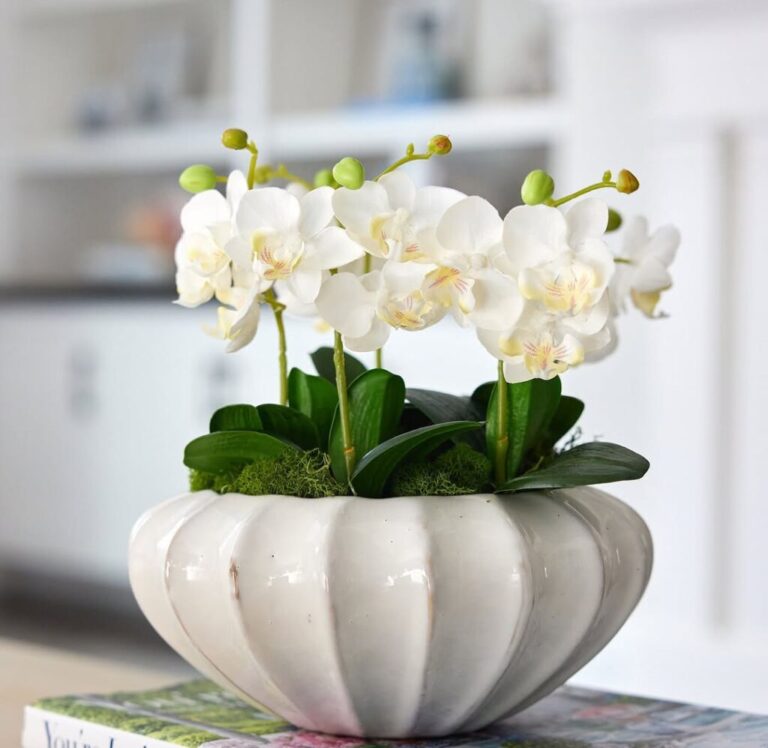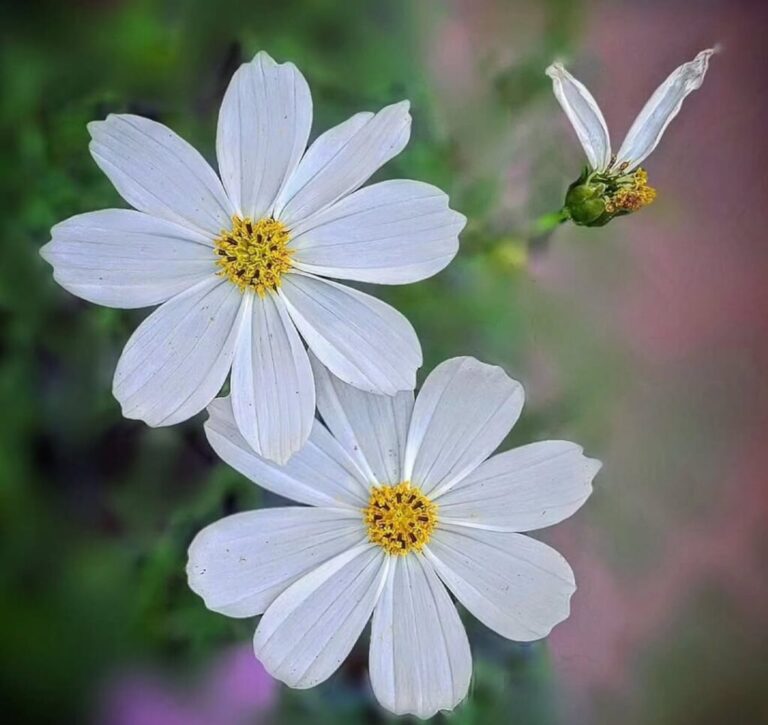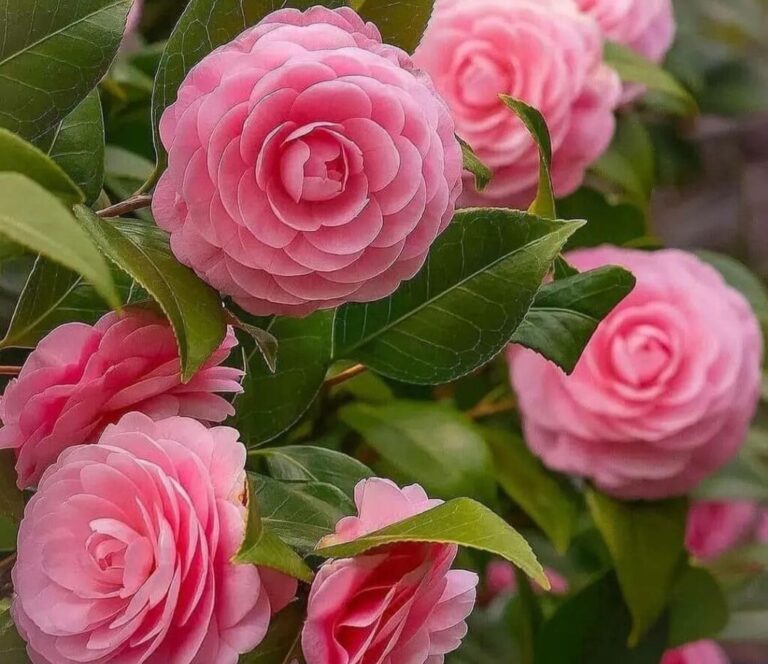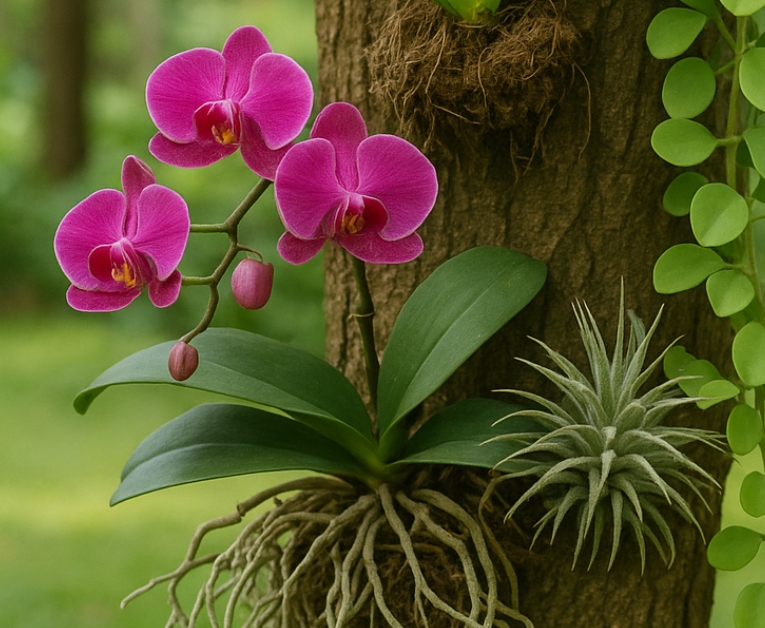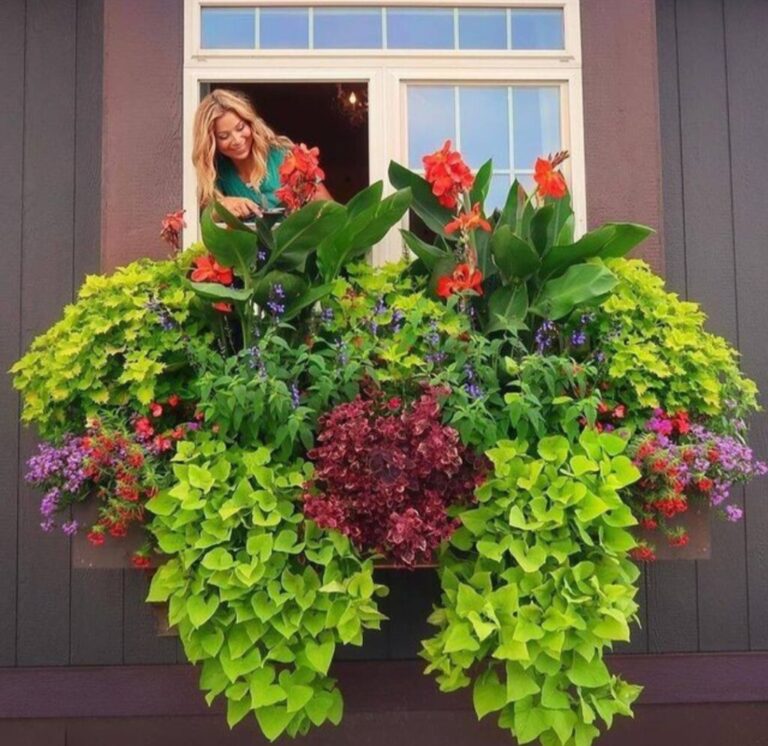Welcome to the world of orchid care, where beauty and elegance meet delicate maintenance. Orchids, known for their exquisite blooms and intricate growth patterns, require a careful balance of attention and restraint. In this guide, we will explore the dos and don’ts of orchid care, shedding light on common mistakes that often hinder their flourishing.
By understanding these pitfalls and avoiding them, you will pave the way for your orchids to thrive, showcasing their full splendor in your home or garden. So, let’s embark on this journey of enlightenment and learn how to provide the best possible care for these mesmerizing botanical treasures.
orchid care dos and don’ts, along with common mistakes to avoid:
Dos:
Do research on the specific care requirements of each orchid species you own, as they can vary significantly.
Do provide ample indirect light for your orchids, as most varieties thrive in bright, filtered light conditions.
Do water your orchids thoroughly when the potting medium starts to dry out, but ensure proper drainage to prevent root rot.
Do use a well-draining potting mix specifically formulated for orchids, such as a mixture of bark, sphagnum moss, and perlite.
Fertilise your orchids regularly using a balanced orchid fertiliser, following the instructions on the package.
Do maintain a consistent humidity level around your orchids by using a humidifier, a tray with water, or misting regularly.
Do provide good air circulation around your orchids to prevent the buildup of stagnant air and discourage pests and diseases.
Repot your orchids every one to two years, using fresh potting mix, to provide new
nutrients and adequate space for growth.
Prune dead or yellowing leaves and spent flower spikes to promote a healthier plant and encourage new growth.
Keep an eye out for signs of pests, such as mealybugs or scale, and take appropriate measures to control them .

Don’ts:
Avoid overwatering orchids because doing so might cause root rot and other fungi-related problems. Between waterings, allow the potting medium to dry out.
Don’t expose your orchids to direct sunlight, as it can scorch the leaves. Instead, provide bright, indirect light.
Don’t use tap water with a high mineral content or chlorine directly on your orchids. Opt for filtered or distilled water when possible.
Don’t place your orchids near draughty areas, such as vents or open windows, as they prefer stable temperature conditions.
Don’t use generic houseplant fertilisers or fertilise too often, as this can lead to nutrient imbalances and damage the orchid roots.
Don’t repot your orchids during the blooming season, as it can cause stress and disrupt flower production.
Don’t place orchids near ripening fruits, as ethylene gas released by the fruits can cause premature flower drops.
Don’t overcrowd your orchids in a single pot, as it can hinder air circulation and promote the spread of diseases.
Don’t mist your orchids excessively, as it can encourage the growth of fungi and bacterial infections.
Don’t ignore signs of stress or decline in your orchids. Promptly investigate and address any issues to prevent further damage.
Remember, each orchid species may have specific care requirements, so always consult species-specific information for the best care
Orchid Care Dos and Don’ts: Common Mistakes to Avoid
orchid care dos and don’ts, along with common mistakes to avoid:
Dos:
Choose the right orchid species for your environment and level of expertise, considering factors such as light, temperature, and humidity requirements.
Provide adequate air circulation around your orchids to prevent the growth of mould and fungal infections.
Do water your orchids in the morning to allow the foliage and roots to dry out before nighttime, reducing the risk of diseases.
Use a clear pot or container for your orchids to allow light to reach the roots, aiding photosynthesis.
Regularly inspect your orchids for pests, such as aphids or spider mites, and take immediate action to eliminate them.
Do repot your orchids when the potting medium breaks down, the roots outgrow the container, or the plant shows signs of distress.
Do provide a stable and appropriate temperature range for your orchids, avoiding extreme fluctuations.
Use a humidity tray or a humidifier to maintain the necessary moisture levels around your orchids, especially if your environment is dry.
Do fertilise your orchids during the growing season with a balanced orchid fertiliser, following the recommended dilution and frequency.
Do label your orchids, especially if you have multiple species or varieties, to keep track of their specific care requirements.
Don’ts:
Overwatering orchids can cause root rot, so avoid doing so. Always check the potting medium’s moisture content before watering.
sunlight, as it can cause leaf burn. Opt for filtered or indirect light instead.
Don’t allow water to sit in the crown or centre of the orchid, as it can cause bacterial or fungal infections.
Don’t mist your orchids excessively, as it can create a damp environment that promotes the growth of pathogens.
Don’t use tap water with a high mineral content, as it can cause mineral buildup in the potting medium and harm the orchid roots.
Don’t place your orchids near draughts or vents, as they prefer stable air conditions without sudden temperature changes.
Don’t repot your orchids during the blooming period, as it may disrupt flower production and stress the plant.
Don’t use regular potting soil for orchids, as it retains too much moisture and can suffocate the roots. Opt for a specialised orchid potting mix.
Don’t ignore yellowing or wilting leaves, as they can be signs of underlying issues. Investigate and address the problem promptly.
Don’t neglect to clean your tools and containers before and after working with your orchids to prevent the spread of diseases.
Remember, while these are general guidelines, specific orchid species may have unique care requirements, so always research and adapt your care practises accordingly.
Dos:
Choose the right orchid species for your climate and environment, considering factors such as temperature, humidity, and light requirements.
Do provide ample indirect light for your orchids by placing them near a bright window without exposing them to direct sunlight.
Do water your orchids thoroughly when the potting medium starts to dry out, ensuring proper drainage to prevent waterlogged roots.
Do use a well-draining orchid potting mix, such as a combination of bark, sphagnum moss, and perlite, to provide good aeration for the roots.
Do maintain a consistent humidity level around your orchids, using methods like a humidity tray, a room humidifier, or grouping them together.
Fertilise your orchids regularly, using a balanced orchid fertiliser and following the instructions on the packaging for proper dilution and frequency.
Do monitor the temperature around your orchids, keeping them within the optimal range for their specific species.
Do provide good air circulation around your orchids, avoiding stagnant air that can encourage the growth of pests and diseases.
Do repot your orchids when the potting medium breaks down or the plant outgrows its container, ensuring to trim any damaged or dead roots.
Observe and learn from experienced orchid growers by joining local orchid societies or online forums to exchange knowledge and tips.
Don’ts:
Don’t overwater your orchids, as this can lead to root rot. Avoid letting them sit in standing water and allow the roots to dry between waterings.
Don’t expose your orchids to extreme temperature fluctuations or draughts, as this can stress the plants and hinder their growth.
Don’t use cold or chlorinated tap water directly on your orchids. Instead, let it sit overnight, or use rainwater or distilled water.
Don’t use garden soil or regular potting soil for your orchids, as they can retain too much moisture and suffocate the roots.
Don’t apply fertiliser to dry roots or foliage, as it can cause burns. Always water your orchids before fertilising.
Don’t ignore signs of pests or diseases, such as discoloured leaves or sticky residue. Take immediate action to treat them and prevent their spread.
Don’t repot your orchids while they are in bloom, as it can disrupt the flowering process. Wait until the blooms fade before repotting.
Don’t neglect to clean your pruning tools between uses, as they can transmit diseases from one plant to ano
Don’t overcrowd your orchids, as it limits air circulation and increases the risk of infection. Provide enough space for each plant to grow.
Don’t crowd your orchids as this restricts airflow and raises the possibility of infection. To allow each plant to grow, provide sufficient room.
Remember, successful orchid care requires attention to the unique requirements of each species. Stay observant, adapt your care practises as needed, and enjoy the beauty of your orchids!
Orchid Care Dos and Don’ts: Common Mistakes to Avoid
orchid care dos and don’ts, along with common mistakes to avoid:
Dos:
Do research on the specific care requirements of each orchid species you own, as they can vary significantly.
Do provide ample indirect light for your orchids, as most varieties thrive in bright, filtered light conditions.
Do water your orchids thoroughly when the potting medium starts to dry out, but ensure proper drainage to prevent root rot.
Do use a well-draining potting mix specifically formulated for orchids, such as a mixture of bark, sphagnum moss, and perlite.
Fertilise your orchids regularly using a balanced orchid fertiliser, following the instructions on the package.
Do maintain a consistent humidity level around your orchids by using a humidifier, a tray with water, or misting regularly.
Do provide good air circulation around your orchids to prevent the buildup of stagnant air and discourage pests and diseases.
Repot your orchids every one to two years, using fresh potting mix, to provide new nutrients and adequate space for growth.
Prune dead or yellowing leaves and spent flower spikes to promote a healthier plant and encourage new growth.
Keep an eye out for signs of pests, such as mealybugs or scale, and take appropriate measures to control them.
Do monitor the temperature around your orchids, ensuring they are within the appropriate range for their specific species.
Consider using a water-soluble orchid bloom booster fertiliser during the flowering season to enhance bloom production.
Do provide support for tall or cascading orchid varieties, such as a stake or trellis, to prevent breakage and enhance aesthetics.
Regularly clean the leaves of your orchids with a soft cloth or gentle spray of water to remove dust and improve photosynthesis.
Do protect your orchids from extreme temperature conditions, such as cold draughts or hot air vents.
Do acclimatise new orchids gradually to their new environment, allowing them time to adjust before exposing them to different light or humidity levels.
Do provide a winter rest period for certain orchid species, reducing watering and fertilising to mimic their natural seasonal cycle.
Do use a well-balanced orchid fungicide or bactericide if you notice signs of fungal or bacterial infections on your plants.
Be patient with orchids, as they often have slower growth cycles and may not bloom consistently throughout the year.
Don’ts:
Overwatering orchids can cause root rot, so avoid doing so. In between waterings, let the potting soil dry out.
Don’t expose your orchids to direct sunlight, as it can scorch the leaves. Instead, provide bright, indirect light.
Don’t use tap water with a high mineral content or chlorine directly o non your orchids. Opt for filtered or distilled water when possible.
Don’t place your orchids near draughty areas, such as vents or open windows, as they prefer stable temperature conditions.
Don’t use generic houseplant fertilisers or fertilise too often, as this can lead to nutrient imbalances and damage the orchid roots.
Don’t repot your orchids during the blooming season, as it can cause stress and disrupt flower production.
Don’t place orchids near ripening fruits, as ethylene gas released by the fruits can cause premature flower drops.
Don’t overcrowd your orchids in a single pot, as it can hinder air circulation and promote the spread
FAQ
What should you not do with an orchid?
Avoid overwatering the orchid as it can lead to root rot. Also, refrain from exposing it to direct sunlight or extreme temperatures.
How do I keep my orchid happy and alive?
Provide your orchid with indirect light, moderate humidity, and a consistent watering routine. Use well-draining orchid-specific potting mix and fertilize it regularly with a balanced orchid fertilizer.
How do you take care of an orchid everyday?
Ensure your orchid receives adequate light without direct sunlight, maintain a consistent temperature range of 60-80°F (15-27°C), water it only when the potting mix is nearly dry, and mist the leaves occasionally to maintain humidity.
What are the best practices for orchids?
Some key practices include placing orchids in an east or west-facing window, repotting when necessary, providing good air circulation, using fertilizers formulated for orchids, and avoiding drafty or excessively dry locations. Additionally, it’s essential to observe your orchid’s specific needs as different varieties may require slightly different care.


